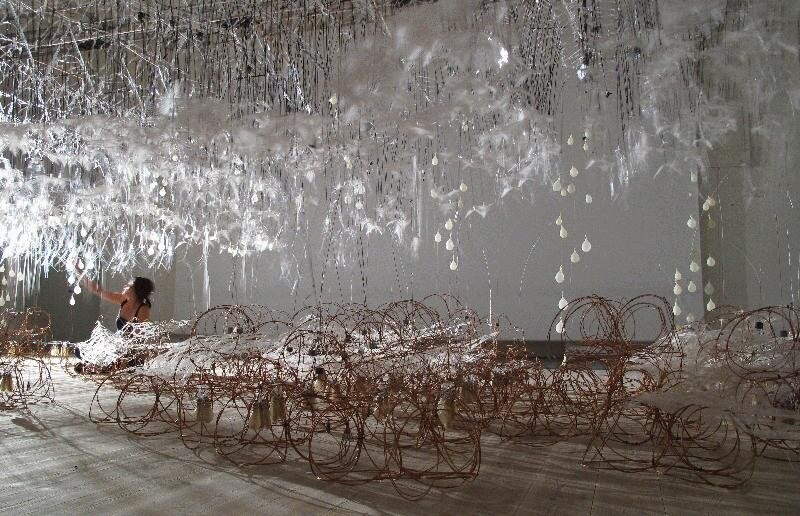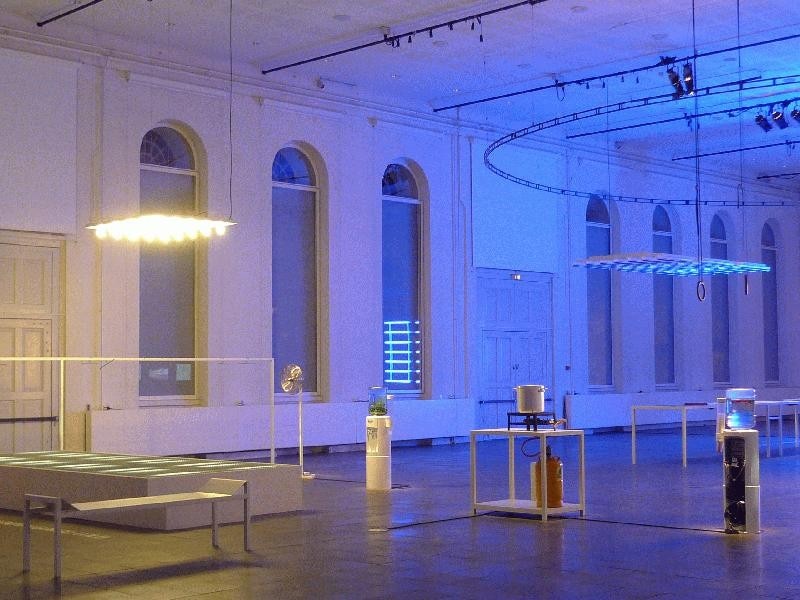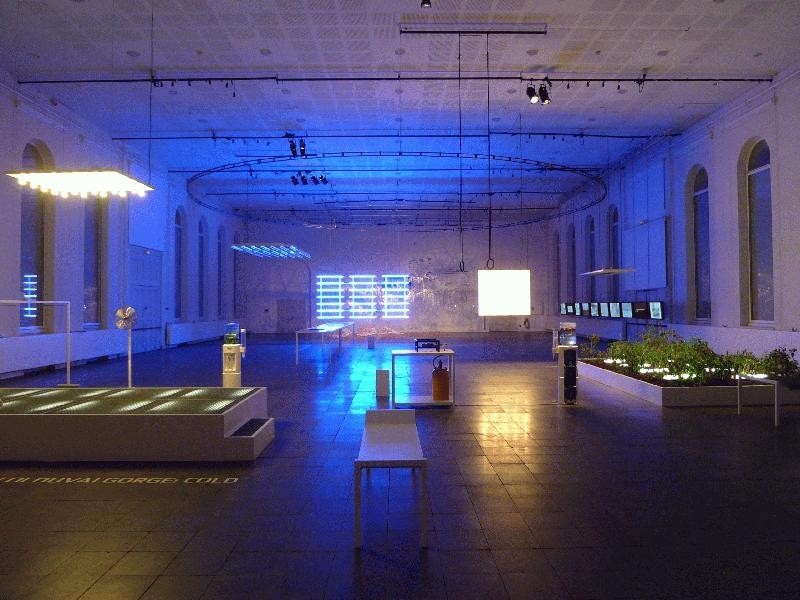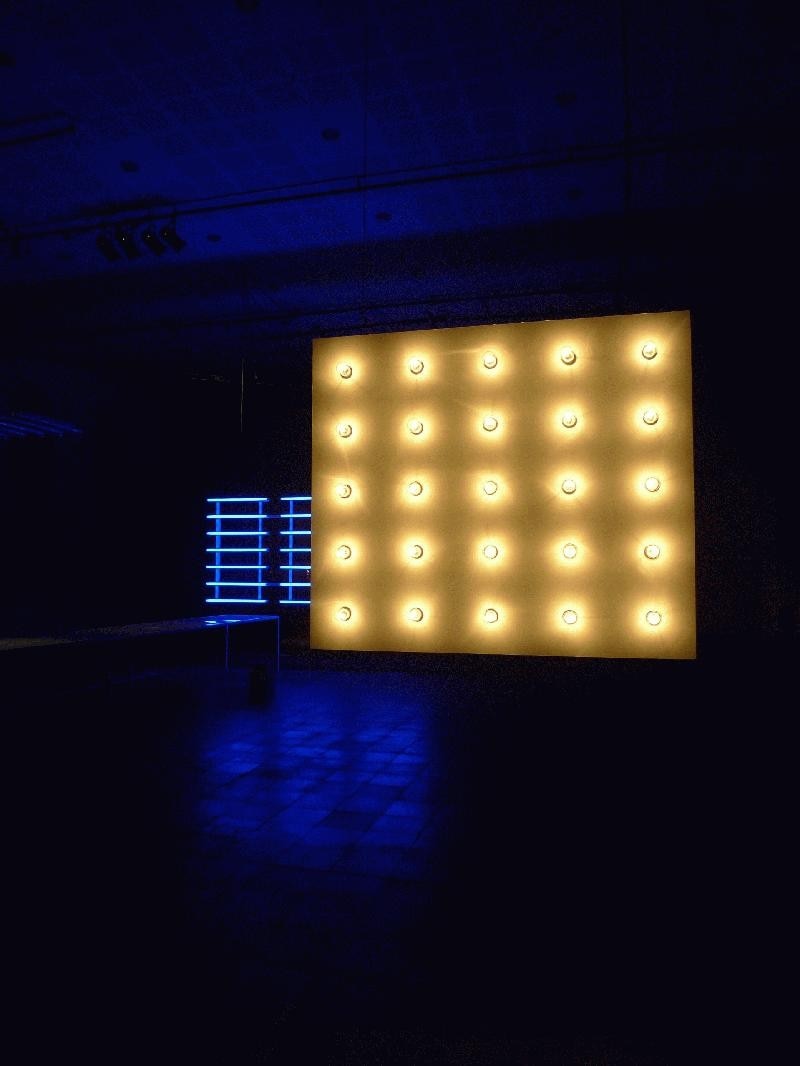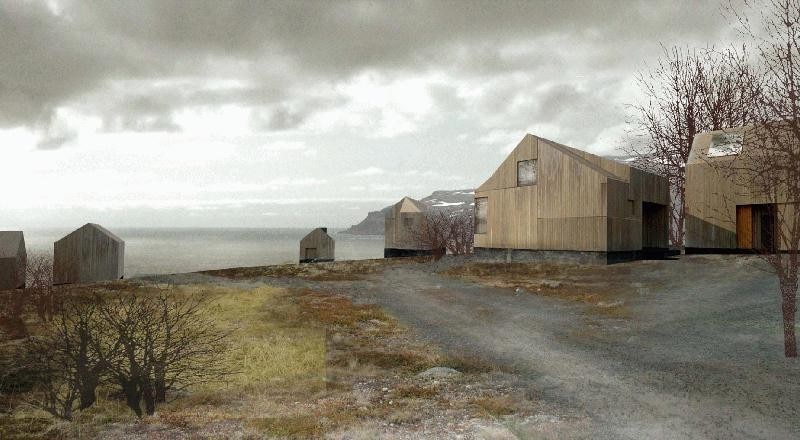Today the climate has become the main aim of architects and architectural practice changes in order to integrate the new goal of safeguarding the climate. But as the balance with climate and its protection becomes the goal of architecture, it is also possible that climate becomes the resources and tools of architecture. Thus weather vocabulary used to describe atmospheric phenomena (convection, pressure, depressions, temperature, heat, relative humidity, reverberation, for example) becomes an architectural language.
The climate is getting warmer, a phenomenon that might have catastrophic consequences in the future: more extreme weather incidents, flooding, rising sea level.
Today, experts and politicians agree that the climate change is due to the massive carbon dioxide emission generated by the human activities since the beginning of the industrial era, in the 19th century. We know that the building sector is responsible for more than half of the emissions of gases that cause the greenhouse effect through the use of fossil fuels for warming or conditioning the indoor climate of buildings. The architects now mobilize themselves and take action to reduce these emissions, for example by arguing for better insulation of the buildings, the use of renewable energies, a better planning of the territory for reducing the travel distances and to increase the use of biomass.
Architecture as meteorology opens to other dimensions and space definitions: at a large scale, it explores the atmospheric qualities of the space (temperature, air pressure, water, vapor, light, etc) as physical and chemical phenomenon dealing with the new climatic building techniques like ventilation, heating, air conditioning, insulation, radiation.
At the microscopic scale, it will explore new fields of reception (cutaneous, olfactive, hormonal, digestible, breathable), as biological and chemical perceptions dealing with the invisible qualities of the environment such as air, ions, electromagnetic waves, light or radiations. On one hand we will focuses on architecture working on the meteorological scale and on the other hand on architecture as the physiological scale.
Philippe Rahm, architect, Paris, France Guest professor at the Royal Danish School of Fine Arts, School of Architecture. Director of the Nantes Symposium of Copenhagen 2009
